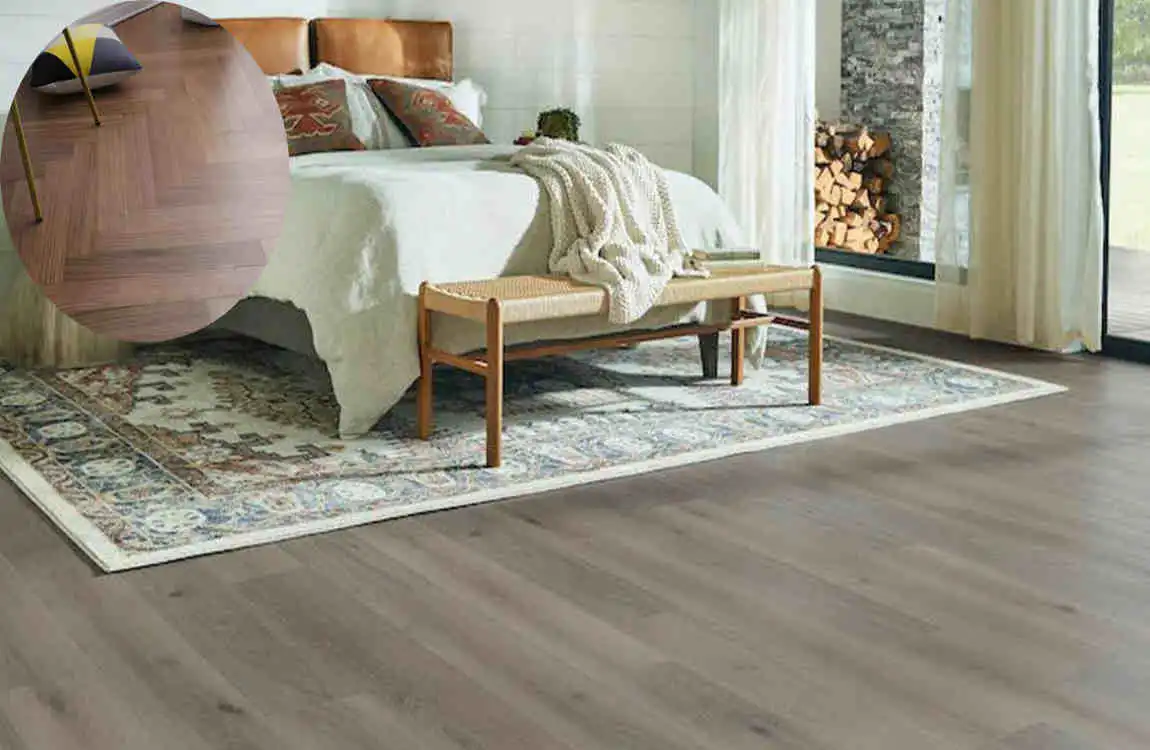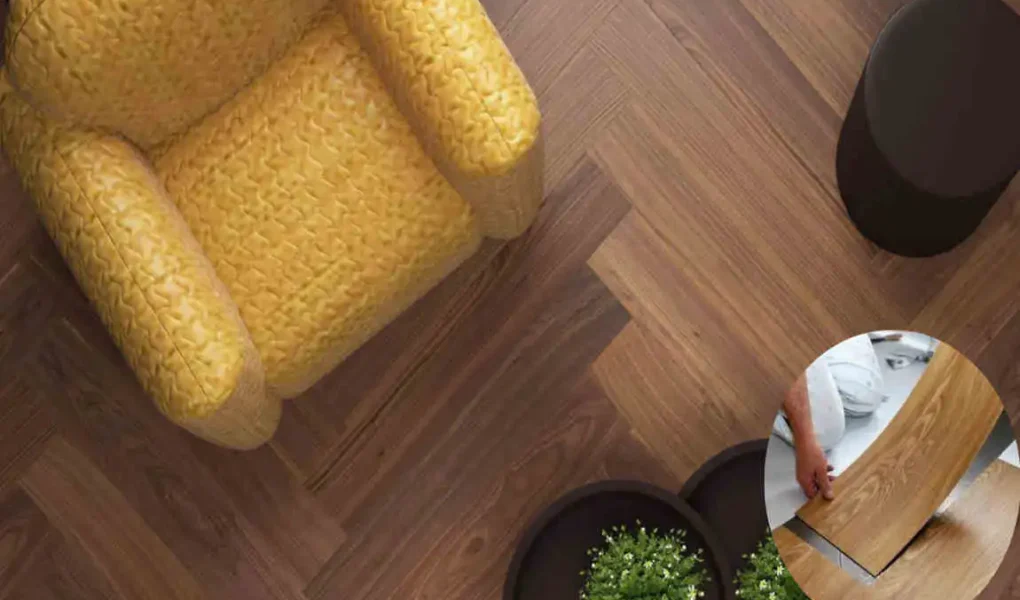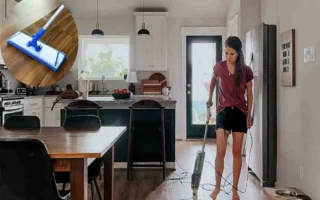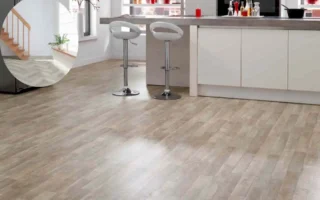Laminate floors can potentially emit volatile organic compounds (VOCs), including formaldehyde, a chemical used in adhesives and resins during manufacturing. Formaldehyde is known to be harmful in high concentrations, potentially causing respiratory issues and other health problems. However, not all laminate floors are toxic—many modern products comply with strict safety regulations that limit VOC emissions, and there are also low-VOC and formaldehyde-free options available that are safer for indoor environments. Proper installation and good ventilation further minimize any risks associated with laminate flooring emissions.
Common Chemicals Found in Laminate Floors

Laminate flooring often includes a variety of chemicals that can raise concerns. One of the most common is formaldehyde, which is used in adhesives and resins during manufacturing. While it helps bond layers together, exposure to high levels can be harmful.
Another chemical worth noting is phthalates. These plasticizers enhance flexibility but have been linked to potential health risks, especially with prolonged exposure.
Understanding these components is crucial for homeowners making informed choices about their flooring options. The presence of these chemicals varies by brand and product line, making careful research essential before purchasing laminate floors.
Potential Health Risks of these Chemicals
Laminate flooring often contains various chemicals that can pose health risks. One of the primary concerns is formaldehyde, commonly used in adhesives and as a preservative. High levels of exposure may lead to respiratory issues, skin irritation, or even more severe conditions over time.
Volatile organic compounds (VOCs) are another red flag. These substances can evaporate into the air we breathe and contribute to indoor air pollution. Symptoms from VOC exposure might include headaches, dizziness, and fatigue.
In sensitive individuals or children, these effects could be amplified. Long-term exposure raises questions about potential links to chronic illnesses.
Homeowners need to understand these risks before laying down laminate floors. Awareness allows for informed choices when it comes to maintaining a safe living environment.
How to Determine if Your Laminate Floor is Toxic

To assess whether your laminate floor may be toxic, start by checking the label. Look for certifications like Floor Score or Green guard, which indicate lower emissions of harmful substances.
Next, consider the age of your flooring. Older laminates might contain higher levels of formaldehyde and other volatile organic compounds (VOCs). If you installed it over a decade ago, it could pose a risk.
Observe any odors in your modern house. A strong chemical smell can signal potential toxicity. It’s essential to ventilate the area if you notice this.
Investigate any health symptoms among household members. Persistent headaches, respiratory issues, or allergic reactions might correlate with exposure to toxic materials in flooring. Keeping a close eye on these factors can help ensure a safer living environment for everyone at home.
Alternative Flooring Options
When considering flooring options, there are several alternatives to laminate that can enhance your space without compromising health. Hardwood floors offer timeless beauty and durability. They can last for generations with proper care.
For those seeking eco-friendly choices, bamboo is a sustainable option that’s gaining popularity. It’s strong and has a unique aesthetic appeal.
Cork flooring is another excellent alternative. It provides natural insulation and cushioning underfoot while being resistant to mold and mildew.
Vinyl plank flooring has evolved significantly in recent years. Modern designs mimic the look of wood or stone, making it visually appealing while being waterproof and easy to clean.
If you’re looking for something different, consider tile or stone options as well. These materials add elegance and are incredibly durable, making them ideal for high-traffic areas. Each choice offers distinct benefits tailored to various lifestyles and preferences.
Tips for Safe Installation and Maintenance of Laminate Floors
Installing laminate house floors can be straightforward, but safety is paramount. Always wear gloves and a mask when handling materials. This minimizes exposure to dust and potential chemicals.
Before installation, ensure the subfloor is clean and dry. A well-prepared surface helps prevent future issues, such as warping or mold growth.
Use underlayment for added cushioning and moisture protection. This step not only enhances comfort but also extends the life of your flooring.
Once installed, maintain your laminate with gentle cleaning solutions. Avoid harsh chemicals that could damage the surface over time.
For spills, act quickly by blotting rather than wiping to prevent water from seeping between seams. Regularly check for scratches or dents; addressing these issues early can help preserve the aesthetics.
Avoid excessive moisture when mopping—use a damp cloth instead of soaking wet pads for best results.




